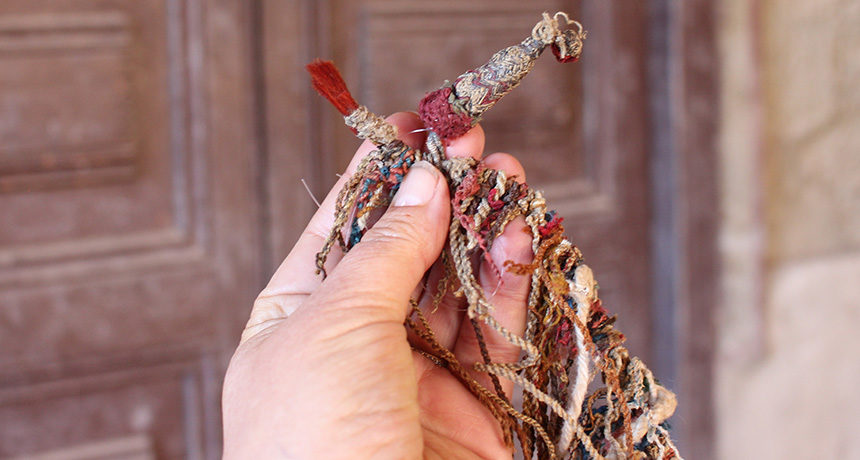
Researchers have long wondered whether some twisted and knotted cords from the Inca Empire, which ran from 1400 to 1532, represent a kind of writing about events and people. Many scholars suspect that these textile artifacts, known as khipus, mainly recorded decimal numbers in an accounting system. Yet Spanish colonial documents say that some Inca khipus contained messages that runners carried to various destinations.
Now a new twist in this knotty mystery comes from two late 18th century khipus stored in a wooden box at San Juan de Collata, a Peruvian village located high in the Andes Mountains. A total of 95 cord combinations of different colors, animal fibers and ply directions, identified among hundreds of hanging cords on these khipus, signify specific syllables, reports Sabine Hyland. Hyland, a social anthropologist at the University of St. Andrews in Scotland, describes the khipus online April 19 in Current Anthropology.
Her findings support a story told by Collata villagers that the khipus are sacred writings of two local chiefs concerning a late 18th century rebellion against Spanish authorities.

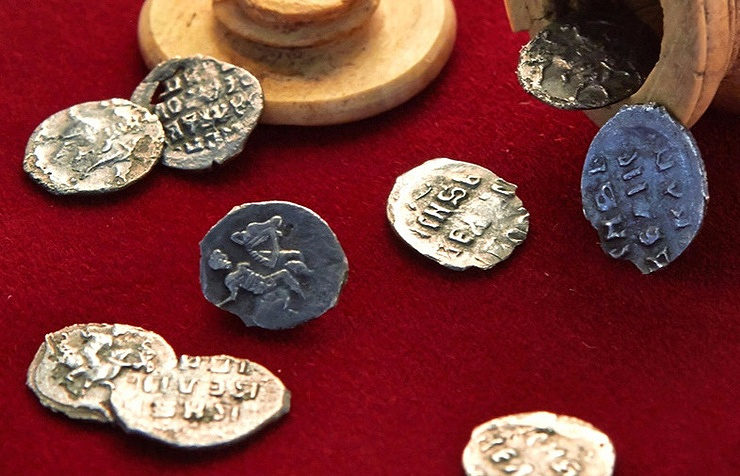
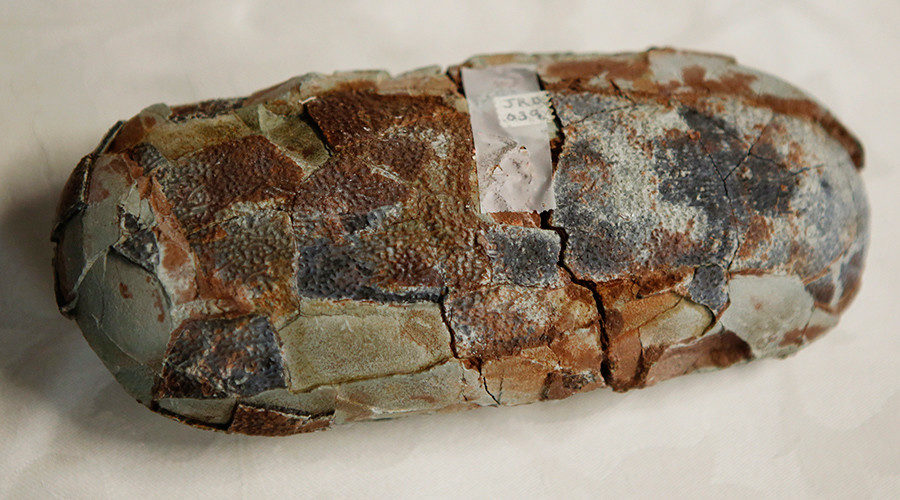
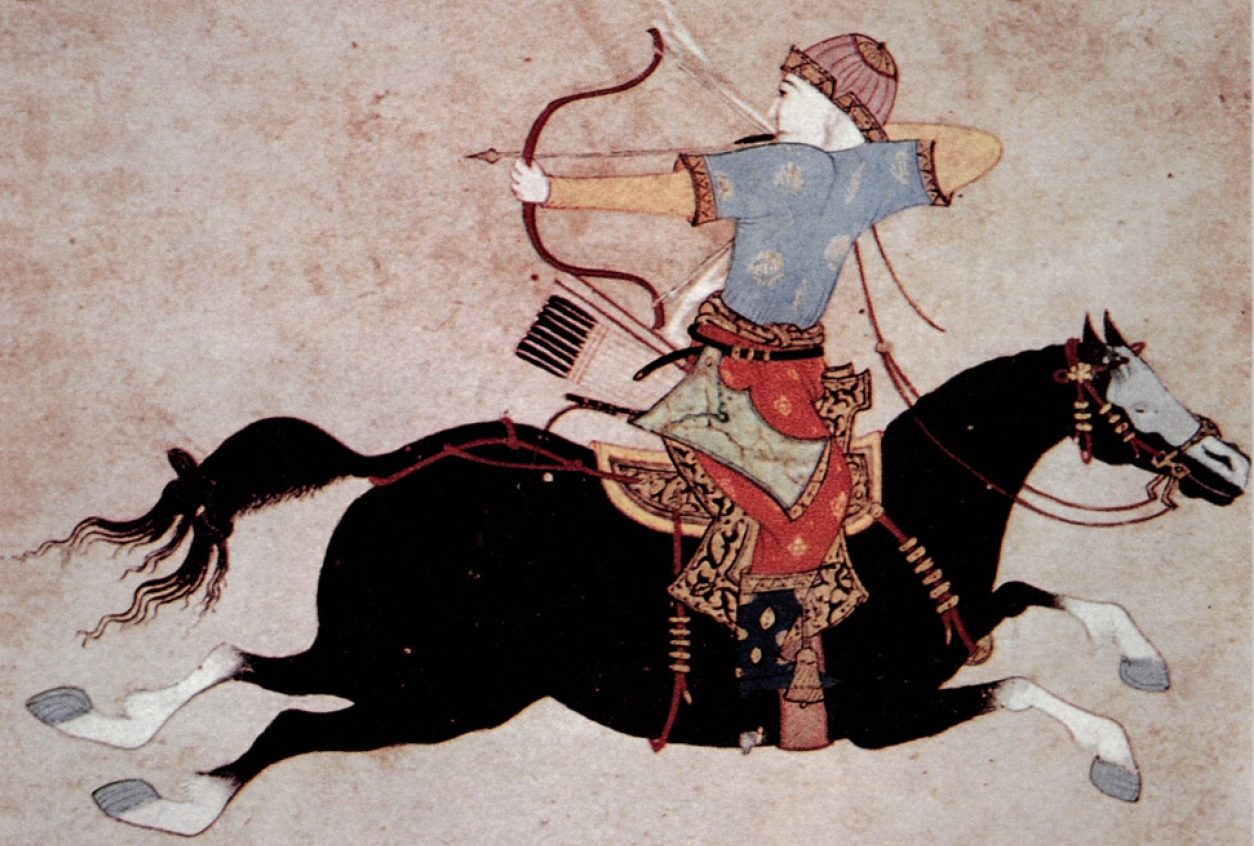

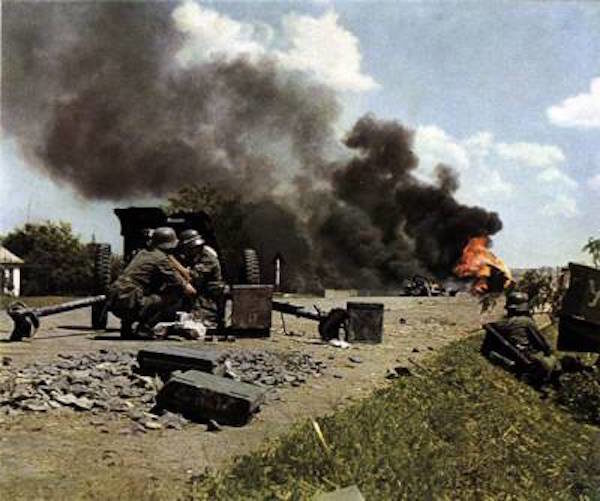
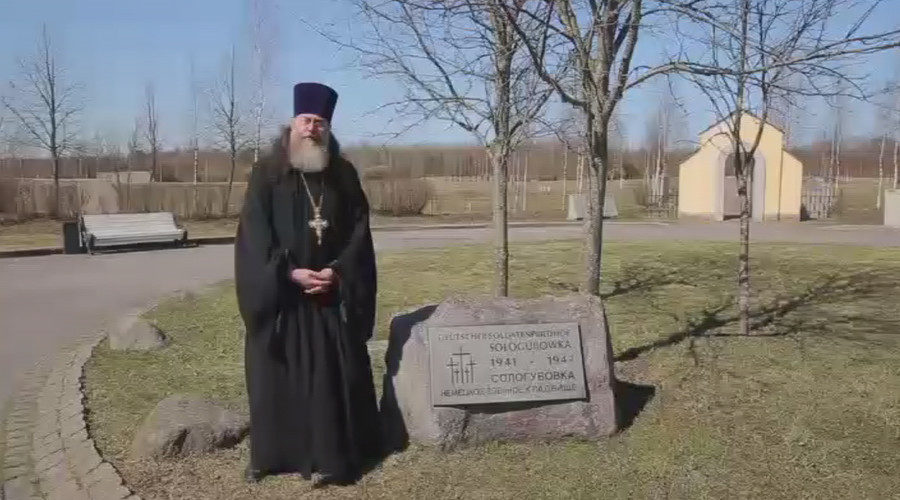
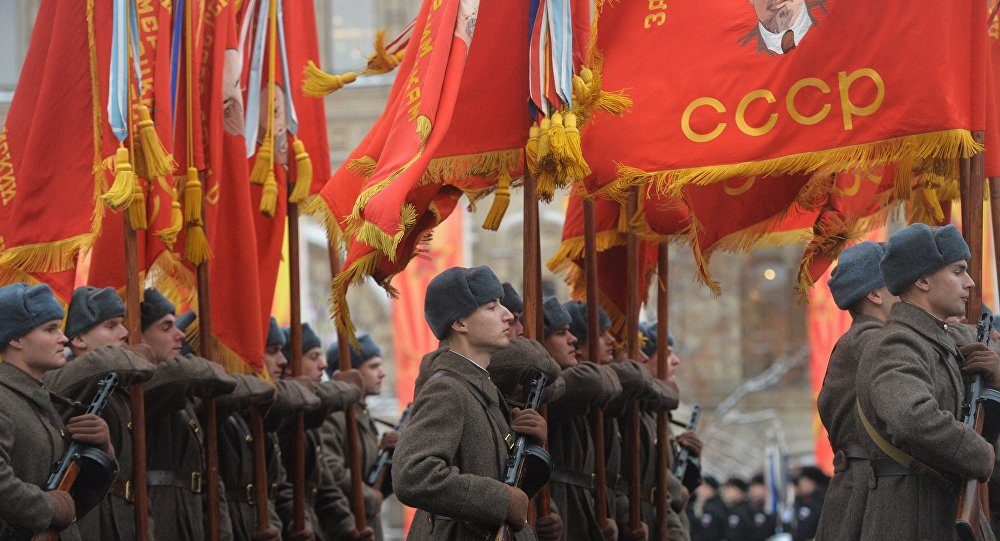




Comment: See also: High in the Andes, Keeping an Incan Mystery Alive